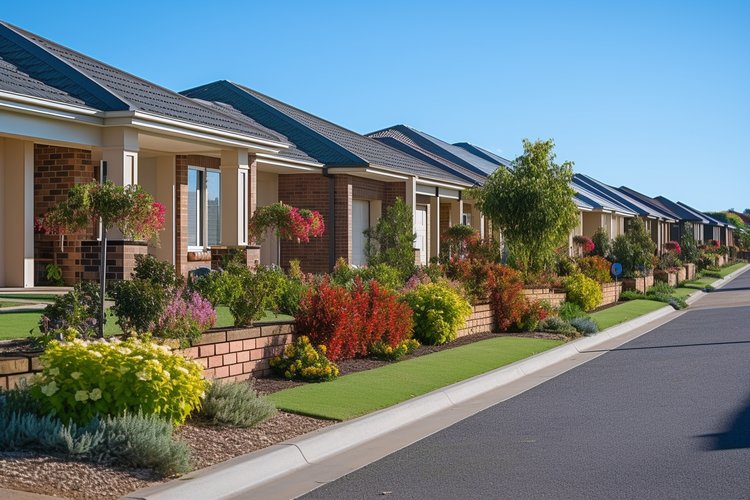Understanding the Potential of Mixed-Use Properties in the Current Real Estate Market
In an ever-evolving real estate landscape, mixed-use properties are steadily gaining traction. As an exciting blend of residential, commercial, and sometimes industrial spaces, these properties open up a new avenue for investors and buyers. In this article, we delve into the intricacies of mixed-use properties and their potential in the current market.

The Emergence of Mixed-Use Properties
Mixed-use properties have a rich history, dating back to the 19th century when businesses were often located on the ground floor, with residential spaces above. Over time, this concept evolved, shaping our cities and neighborhoods. Today, these properties offer a unique blend of residential, retail, office, or even industrial spaces, reflecting the changing dynamics of urban living and the need for convenience and accessibility.
Current Trends in Mixed-Use Properties
In recent years, mixed-use properties have caught the attention of investors and buyers alike. These buildings, often located in bustling urban centers, offer attractive benefits—residents have easy access to workspaces, shops, and amenities, while business owners benefit from increased foot traffic. Furthermore, these properties have proven to be resilient in fluctuating markets, providing a steady stream of income from diverse sources.
Advantages and Challenges of Investing in Mixed-Use Properties
Investing in mixed-use properties can offer significant advantages. The diverse income streams can provide stability, even in uncertain market conditions. Additionally, the convenience factor can lead to higher occupancy rates and potentially higher rents. However, these properties also come with challenges. They require a deep understanding of multiple sectors—residential, commercial, and sometimes industrial. Additionally, managing these properties can be complex, given the varied needs of tenants.
Impact of Mixed-Use Properties on the Real Estate Market
Mixed-use properties have the potential to reshape the real estate landscape. By combining various uses into a single property, they can reduce commuting times, contribute to vibrant, walkable communities, and foster economic growth. However, the impact of this trend will largely depend on market dynamics, zoning regulations, and the ability of investors and developers to navigate these factors.
Conclusion
As the real estate market continues to evolve, mixed-use properties offer a promising opportunity for investors, buyers, and communities. However, like any real estate strategy, they require careful consideration and strategic planning. As we move forward, it will be intriguing to see how these properties shape our urban landscapes and real estate investment strategies.
In the realm of real estate, change is the only constant. As mixed-use properties continue to gain popularity, it’s crucial for investors and buyers to stay informed and adaptable, ready to seize the opportunities that come their way.





